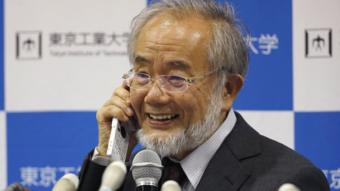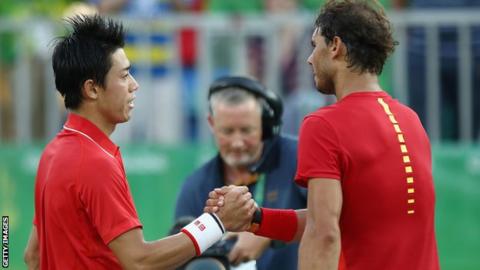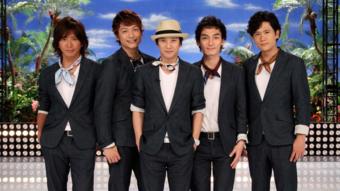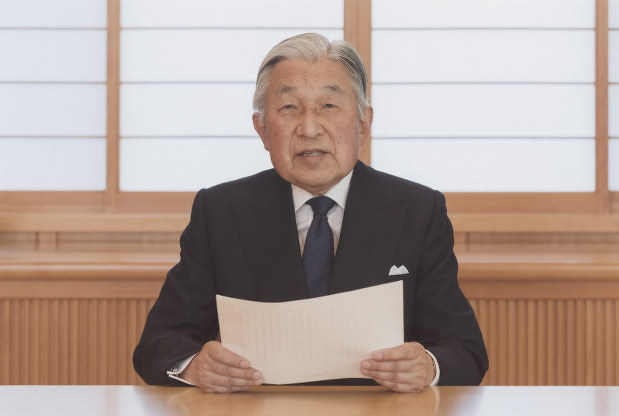Seven Earth-like planets orbiting nearby star
Astronomers find seven Earth-like planets orbiting nearby star
 An artist's depiction shows the possible surface of TRAPPIST-1f, on one of seven newly discovered planets in the TRAPPIST-1 system that scientists using the Spitzer Space Telescope and ground-based telescopes have discovered, according to NASA, in this illustration released Wednesday.
An artist's depiction shows the possible surface of TRAPPIST-1f, on one of seven newly discovered planets in the TRAPPIST-1 system that scientists using the Spitzer Space Telescope and ground-based telescopes have discovered, according to NASA, in this illustration released Wednesday. For the first time ever, astronomers have discovered seven Earth-size planets orbiting a nearby star — and these new worlds could hold life.
This cluster of planets is less than 40 light-years away in the constellation Aquarius, according to NASA and the Belgian-led research team that announced the discovery Wednesday.
The planets circle tightly around a dim dwarf star called Trappist-1, barely the size of Jupiter. Three are in the so-called habitable zone, where liquid water and, possibly life, might exist. The others are right on the doorstep.
Scientists said they need to study the atmospheres before determining whether these rocky, terrestrial planets could support some sort of life. But it already shows just how many Earth-size planets could be out there — especially in a star’s sweet spot, ripe for extraterrestrial life.
The takeaway from all this is, “we’ve made a crucial step toward finding if there is life out there,” said the University of Cambridge’s Amaury Triaud, one of the researchers. The potential for more Earth-size planets in our Milky Way galaxy is mind-boggling.
“There are 200 billion stars in our galaxy,” said co-author Emmanuel Jehin of the University of Liege. So do an account. You multiply this by 10, and you have the number of Earth-size planets in the galaxy — which is a lot.”
Last spring, the University of Liege’s Michael Gillon and his team reported finding three planets around Trappist-1. Now the count is up to seven, and Gillon said there could be more. Their latest findings appear in the journal Nature.
This compact solar system is reminiscent of Jupiter and its Galilean moons, according to the researchers.
Picture this: If Trappist-1 were our sun, all seven planets would be inside Mercury’s orbit. Mercury is the innermost planet of our own solar system.
The ultracool star at the heart of this system would shine 200 times dimmer than our sun, a perpetual twilight as we know it. And the star would glow red — maybe salmon-colored, the researchers speculate.
“The spectacle would be beautiful because every now and then, you would see another planet, maybe about as big as twice the moon in the sky, depending on which planet you’re on and which planet you look at,” Triaud said Tuesday in a teleconference with reporters.
The Leiden Observatory’s Ignas Snellen, who was not involved in the study, is excited by the prospect of learning more about what he calls “the seven sisters of planet Earth.” In a companion article in Nature, he said Gillon’s team could have been lucky in nabbing so many terrestrial planets in one stellar swoop.
“But finding seven transiting Earth-sized planets in such a small sample suggests that the solar system with its four (sub-) Earth-sized planets might be nothing out of the ordinary,” Snellen wrote.
Gillon and his team used both ground and space telescopes to identify and track the planets, which they label simply by lowercase letters, “b” through “h.” As is typical in these cases, the letter “A” — in upper case — is reserved for the star. Planets cast shadows on their star as they pass in front of it; that’s how the scientists spotted them.
Tiny, cold stars like Trappist-1 were long shunned by exoplanet-hunters (exoplanets are those outside our solar system). But the Belgian astronomers decided to seek them out, building a telescope in Chile to observe 60 of the closest ultracool dwarf stars. Their Trappist telescope lent its name to this star.
While faint, the Trappist-1 star is close by cosmic standards, allowing astronomers to study the atmospheres of its seven temperate planets. All seven look to be solid like Earth — mostly rocky and possibly icy, too.
They all appear to be tidally locked, which means the same side continually faces the star, just like the same side of our moon always faces us. Life could still exist at these places, the researchers explained.
“Here, if life managed to thrive and releases gases similar to that that we have on Earth, then we will know,” Triaud said.
Chemical analyses should indicate life with perhaps 99 percent confidence, Gillon noted. But he added: “We will never be completely sure” without going there.
All seven roughly match the size and mass of our own planet and are almost certainly rocky, and three are perfectly perched to harbor life-nurturing oceans of water, the scientists reported in Nature.
Most critically, their proximity to Earth and the dimness of Trappist-1 will allow astronomers to parse each one’s atmosphere in search of chemical signatures of biological activity.
The Trappist-1 system, a mere 39 light years distant, has the largest number of Earth-sized planets known to orbit a single star.
It also has the most within the “temperate zone” — not so hot that water evaporates, nor so cold that it freezes rock-solid.
The discovery adds to growing evidence that our home galaxy, the Milky Way, may be populated with tens of billions of worlds not unlike our own — far more than previously suspected.
The researchers first detected the invisible exoplanets using the “transit” method: when an orbiting world passes between a star and an astronomer peering through a telescope, it dims the starlight by a tiny but measurable amount.
But when subsequent calculations didn’t quite tally, Gillon realized that there might be other stars that had escaped Earth-bound observation.
“So we requested time with NASA’s Spitzer Space Telescope,” said co-author Emmanuel Jehin, also at the University of Liege. “This allowed us to get 20 consecutive 24-hour periods of observation, which was crucial to discovering that we had seven transiting planets.”
Looking from Earth, the astronomers could only track activity around the star at night.
“From space, we observed continually and matched all the transits,” 34 in all, Jehin said.
Compared to the distance between our sun and its planets, the Trappist-1 family is very tightly bunched.
If Earth were as close to the sun, it would be a hellish ball of fire.
But because Trappist-1 emits far less radiation, temperatures on its planets — depending on the atmosphere — could be between zero and 100 degrees Celsius (32 and 212 degrees Fahrenheit), the scientists said.
Gillon and his team have started to analyze the chemical make-up of the atmospheres.
“There is at least one combination of molecules, if present with relative abundance, that would tell us there is life, with 99 percent confidence,” said Gillon.
A certain mix of methane, oxygen or ozone, and carbon dioxide, for example, could almost certainly come only from biological sources.
“But except for detecting a message from beyond our solar system from intelligence out there, we will never be 100 percent sure,” he added.
Someone standing on, say, Trappist-1 D, E or F — the three middle planets — would have a breathtaking panorama of the star and its system, Triaud said.
The red dwarf — which would loom 10 times larger than the sun in our sky — would be a “deep crimson” shading into a salmon-like color, he said.
“The view would be beautiful — you would have about 200 times less light that from the sun on Earth at midday,” he added. “It would be like the end of a sunset.”
(The Japan Times)

















